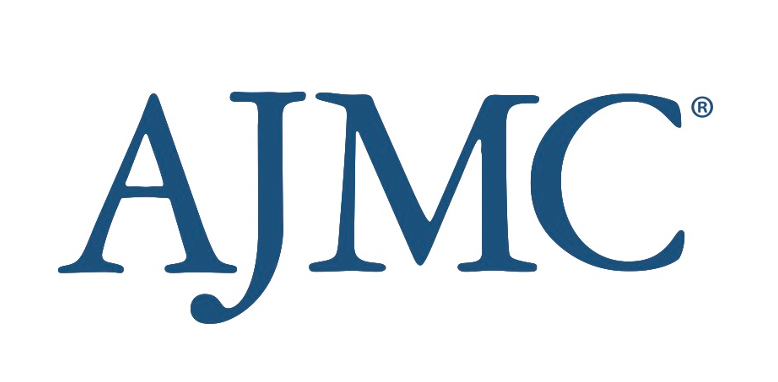News
Article
Vedolizumab First Shows Clinical and Economic Advantage in Ulcerative Colitis
Author(s):
Key Takeaways
- Vedolizumab as a first-line biologic in UC offers cost savings and clinical benefits, improving QALYs compared to TNF-α inhibitors.
- In CD, vedolizumab provides incremental benefits but incurs higher costs, making it less cost-effective at a $50,000/QALY threshold.
Using vedolizumab first, before tumor necrosis factor-α inhibitors, improved quality-adjusted life-years in both ulcerative colitis and Crohn disease, and was less costly in ulcerative colitis, according to a real-world economic analysis from the EVOLVE study.
An economic evaluation using real-world evidence from the EVOLVE study showed that sequencing vedolizumab as a first-line biologic prior to tumor necrosis factor (TNF)-α inhibitors provided clinical benefit in quality-adjusted life-years (QALYs) in both ulcerative colitis (UC) and Crohn disease (CD), and was a less costly strategy in UC.
Image credit: gopixa - stock.adobe.com

The prevalence of inflammatory bowel disease (IBD), including CD and UC, is increasing globally, resulting in increased use of health care resources. New biologic agents have “opened new therapeutic opportunities for IBD patients, and early treat-to-target strategies are increasingly common,” leading to increasing drug expenditures, the authors wrote.
Biologics, including TNF inhibitors and vedolizumab, are indicated for treatment of IBD in the US, Canada, and Europe. Non-response or intolerance to a biologic may be managed by switching to a different biologic with a different mechanism of action. Vedolizumab is a gut-selective monoclonal antibody to α4β7 integrin that inhibits lymphocyte trafficking to the intestine.
The economic evaluation compared cost-effectiveness of treatment sequences using intravenous vedolizumab or anti-TNF biologics as first-line therapy in UC and CD, from a Canadian public healthcare payer perspective and using real-world evidence from the EVOLVE study. The EVOLVE study, a real-world study of biologic-naive patients with IBD conducted across 27 centers in the US, Canada, and Greece, reported that vedolizumab and anti-TNF treatment were equally clinically effective, and that the vedolizumab had a better safety profile as a first-line biologic. Effectiveness metrics were estimated using data from the EVOLVE study and clinical trials, and costs were estimated using health technology assessment reports, clinical trials, and the literature. Biosimilar costs were used for anti-TNF biologics. Simulations reported total costs and quality-adjusted life-years (QALYs) over a 5-year period.
In UC models, vedolizumab as a first-line biologic followed by anti-TNF therapy resulted in a gain of 0.09 QALYs (2.46 vs 2.55) and cost savings of $7179 ($134,028 vs $126,848). In contrast, in CD models, use of vedolizumab as a first-line biologic also resulted in a gain of 0.04 QALYs (3.35 vs 3.39), but at a cost increase of $50,631 ($89,850 vs $140,381) compared with first line anti-TNF therapy. The authors added that in both models, the duration of time on the first-line biologic without the need to switch to the second-line was greater in the vedolizumab-first sequence, resulting in more QALYs. In more than 99% of UC simulations, the sequence starting with vedolizumab resulted in additional QALYs, and 87% resulted in cost savings. All CD simulations showed additional costs associated with first-line vedolizumab treatment, and 66% showed a gain in QALYs. This sequence also resulted in fewer adverse events in both models.
The authors concluded that based on their analysis, using vedolizumab as a first-line biologic in UC could save health care systems costs alongside clinical benefit to patients, whereas in CD, “vedolizumab provided incremental benefit at an incremental cost, which was not considered cost effective at a threshold of $50,000/QALY.” Although they were unable to compare cost-effectiveness of different TNF inhibitors using data from EVOLVE, the authors said that their results were in line with other cost-effectiveness studies, showing an advantage of vedolizumab in UC.
Reference
Fischer A, Mac S, Freiman ES, Marshall JK, Rand K, Ramos-Goñi JM. Cost effectiveness of sequencing vedolizumab as first-line biologic in ulcerative colitis and Crohn's disease in Canada: an analysis using real-world evidence from the EVOLVE Study. Pharmacoecon Open. 2025;9(1):41-56. doi:10.1007/s41669-024-00523-5





